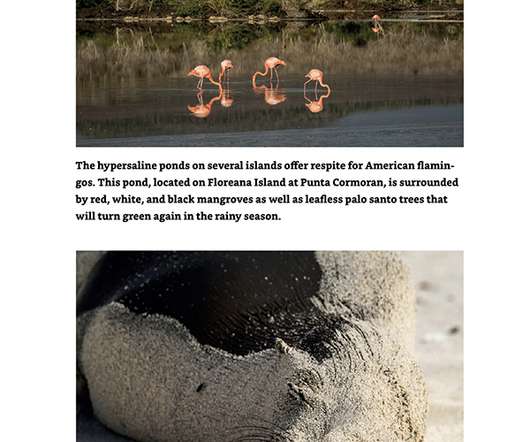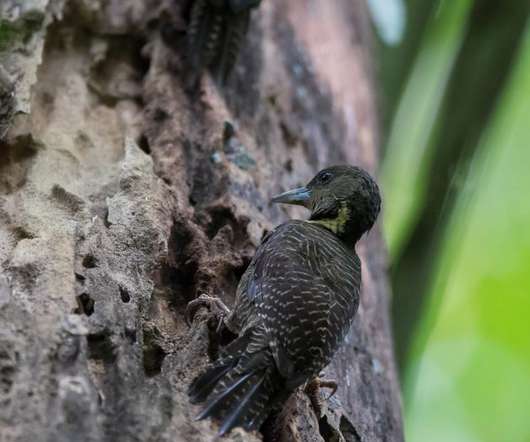Galápagos: A Natural History, Second Edition–A Book Review
10,000 Birds
FEBRUARY 7, 2023
Galápagos: A Natural History, Second Edition by John Kricher and Kevin Loughlin gives the traveling naturalist the tools needed to fully appreciate and experience the Galápagos Islands. The 11th chapter is on research and conservation challenges. I wish I had read this book. They complement Kricher’s text.,
















Let's personalize your content